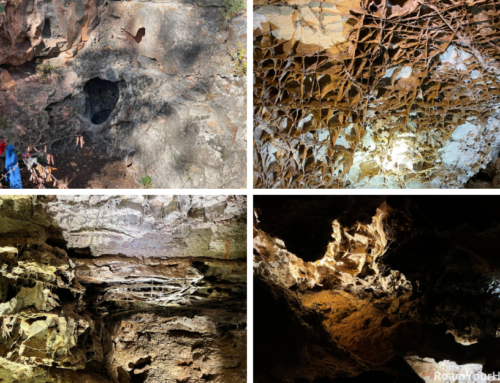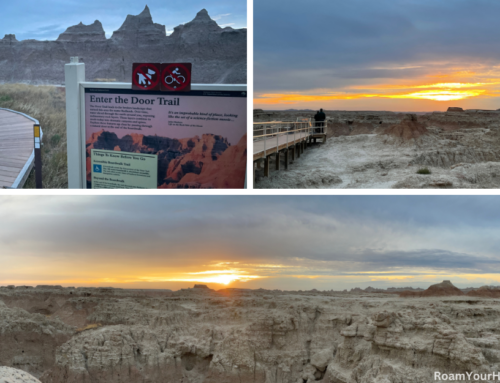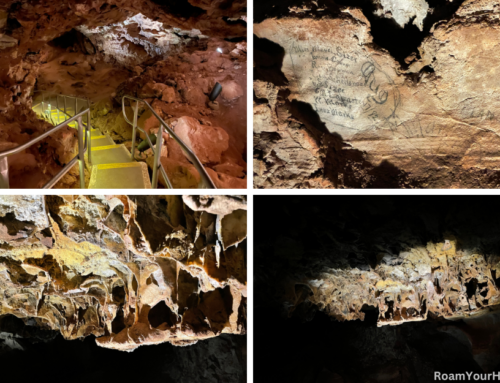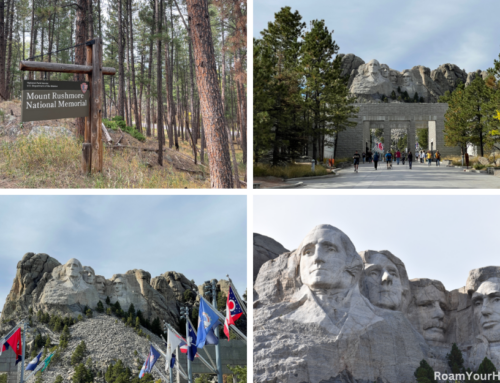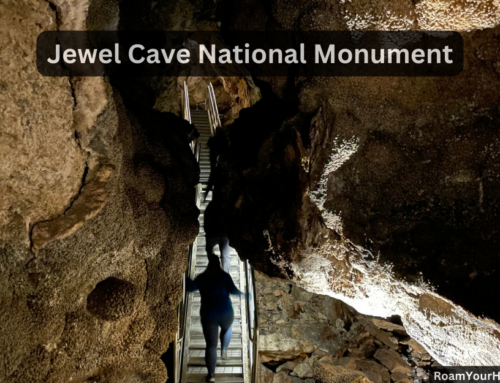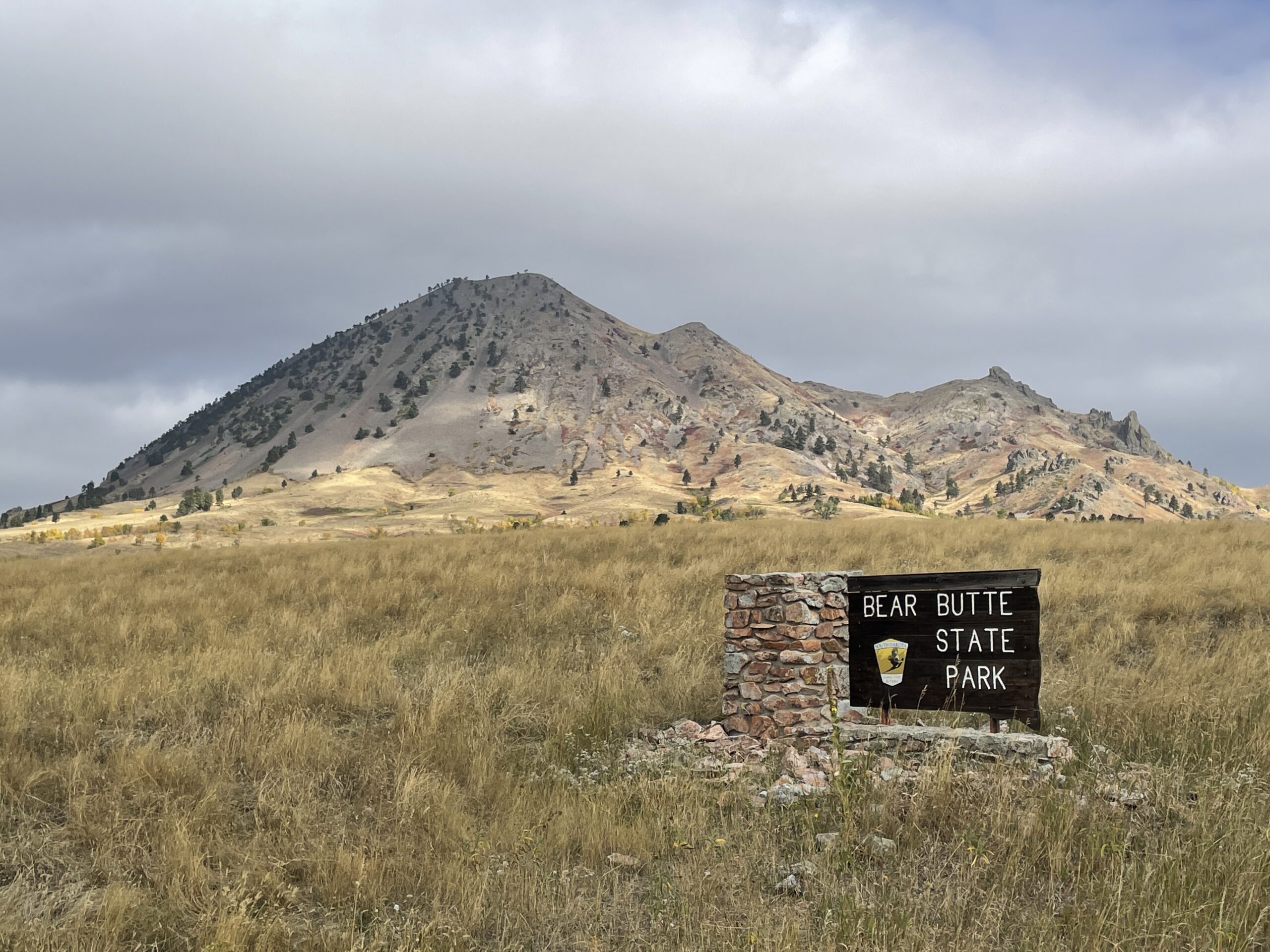
Bear Butte State Park: Beautiful and Historic
Bear Butte State Park is a few miles northeast of Sturgis, South Dakota. The park was established in 1961, but its significance for Plains Native Americans dates back centuries.
The mountain is sacred to many tribes and plays a central role in creation stories. To the Lakota, it’s known as Mato Paha or Bear Mountain. The Cheyenne know the butte as Noahvose, or Giving Hill. According to Cheyenne lore, Bear Butte is where the Great Spirit gave a prophet named Sweet Medicine knowledge by which the Cheyenne people were to live.
Bear Butte State Park History
In 1857, many bands of Plains Indians gathered at Bear Butte for a Grand Council. It was there they decided to resist white settlers advancing into their lands. In particular, the Black Hills to the south. In attendance was a young Oglalla man named Crazy Horse, who was about 17 years old. It’s said that it was here that Crazy Horse was inspired by the council at Bear Butte and dedicated his life to the cause. The famed warrior would fight in many battles, including the Battle of the Hundred in the Hand, also known as the Fetterman Fight, the Wagon Box Fight, and the climax at the Battle of the Little Big Horn in 1876.
In 1874, General George Armstrong Custer led 1,000 men to explore the Black Hills. He camped a few miles south of the butte, but Custer did summit Bear Butte. After Custer verified the rumors of gold in the Black Hills, Bear Butte served as a natural landmark for prospectors and settlers seeking to strike it rich.
Other notable visitors include Chief Red Cloud and Sitting Bull, Man Afraid, and Little Wolf.
To this day, Native Americans from more than 15 tribes still make religious pilgrimages to fast, pray, seek visions, and present offerings to their sacred spirits.
Exploring Bear Butte State Park
We visited on a stormy early fall morning. We had just spent three days exploring the Black Hills and were headed to Devil’s Tower. When we arrived, we immediately saw evidence of the religious significance. There were colorful pieces of cloth and pouches hanging from many trees. These are prayer cloths and tobacco ties. They represent the prayers offered by people during their worship.
You can hike to the top of Bear Butte. It’s about a 3-mile hike with roughly 1,000 feet of elevation gain. We did not have the time budgeted to do the hike on our visit, but we were certainly happy we stopped and explored what we could. The incredible history of Bear Butte is more than enough reason to stop by if you are in the Black Hills region of South Dakota.
The park also maintains a small herd of bison. There is a campground available for those looking to spend the night.
Other things to see nearby
Wind Cave National Monument
Custer State Park
Mount Rushmore National Memorial

